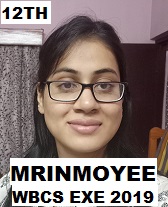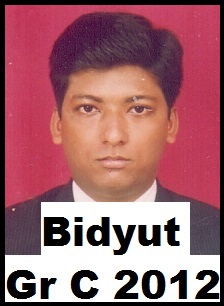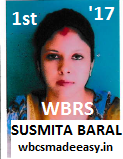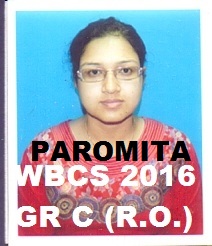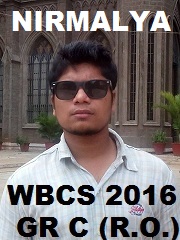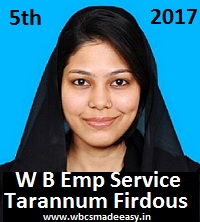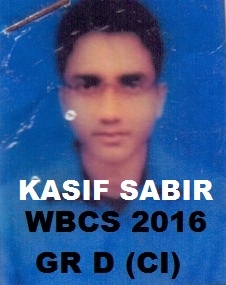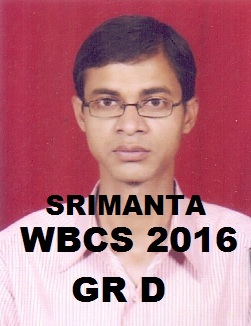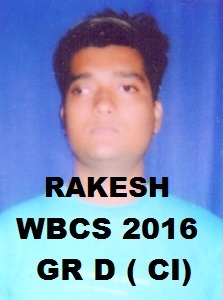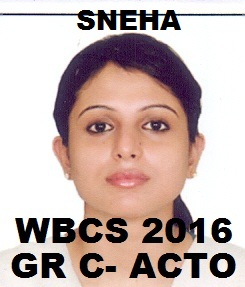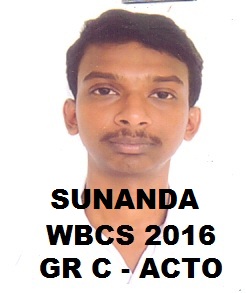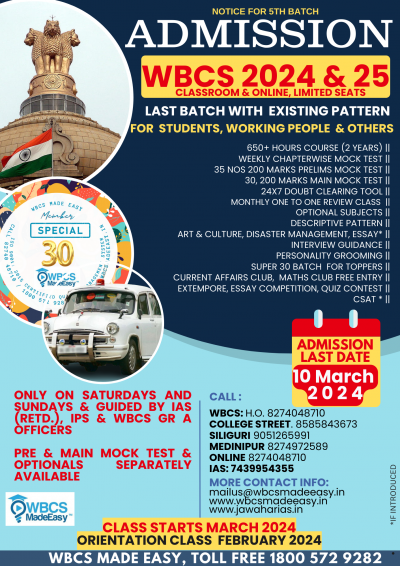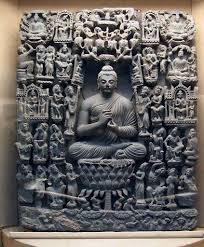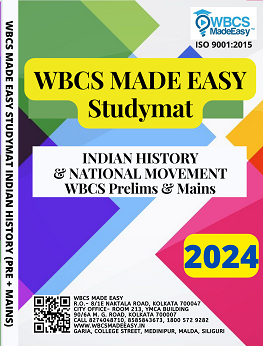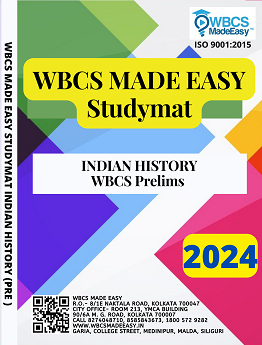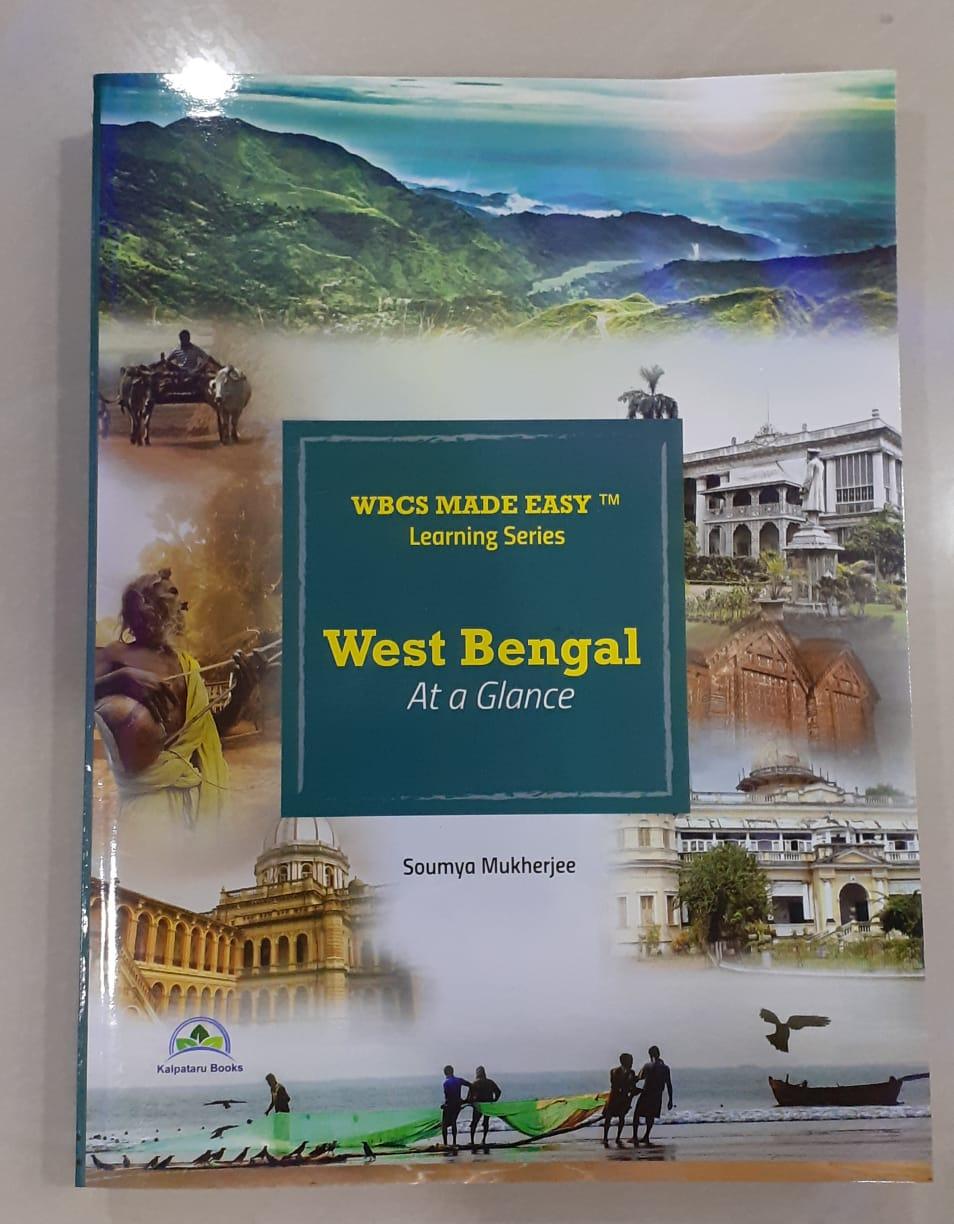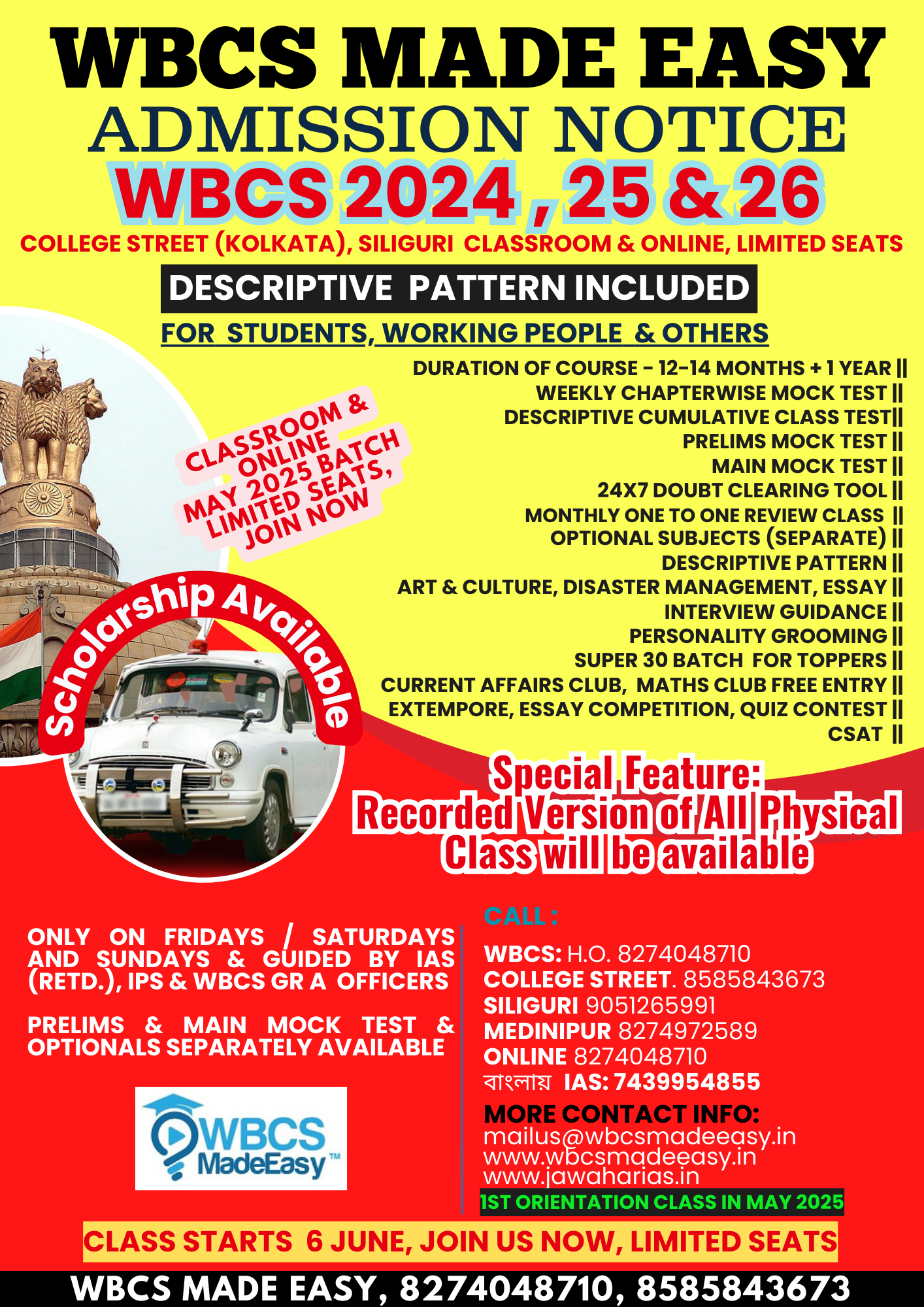Mauryan Art – W.B.C.S. Notes On – Indian History.
In the Mauryan period stone culture dramatically emerged as the principal medium of Indian artist. Some evidence is put forward by John Irwin that Ashokan columns may be the culmination of the ancient pre-buddhist religious tradition in India of a cult of one cosmis pillar of axis mundi.Continue Reading Mauryan Art – W.B.C.S. Notes On – Indian History.
To say that a school of art fully matured and created lasting monuments in stone suddenly appeared is not believable. In all likelihood it could have been anilines importation. In particular the city of persppolis of the Achaemenids influenced Mauryan sculpture and architecture.
The finest examples are those of Ashoka particularly his monolithic pillars. Each pillar consists of one piece of stone supporing a capital made of another single piece of stone. The stone is highly polished and gracefully proportioned while the polish was lustrous. Even this polish pales into insignificance before the high artistic merits of the figures that exhibit realistic modeling. The four lions on the Sarnath pillars and the smaller figures of animals in relief of the abacus exhibit remarkable beauty and vitour. The jewellery of the Mauryan period also exhibits a high degree of technical skill and proficiency.
The inscriptions of Ashoka were placed either in sacred enclosures or in the vicinity of towns. The most commonly found remains are the animal capitals of the pillars. They were generally cut from a single block of stone and stood in an enclosure, which was regarded as sacred.
Stones from the regions of Mathura and Chunar near Benaras were carried to different parts of the empire because of improvement in communications. Not only stones were sent but even craftsman accompanied them. The uniformity of style in the pillar capitals suggests that they were all sculpted by craftsmen of the same region. Only at Taxila, possibly the local craftsmen were employed.
Apart from the monolithic pillars, Ashoka built a large number of Stupas. Traditions puts their number as 84,000. Some of them were later enlarged and enclosed. Possibly the Stupa and Sanchi dates back to Ashoka. According to Sir John Marshall the oringinal birck stupa built by Ashoka was probably of more than half the present dimension. The present railing also replaced the older and smaller one.
A few Mauryan figure sculpture have come to light – identifiable by the Mauryan polished surface. Two headless metal torsos have been found at a site near modern Patna. They are the earliest known sculptures of Jain Tirthankaras.
Perhaps the figures of Yakshi and Yaksha found at Didarganj and Patna respectively belong to the Mauryan period. These figures seem to be emerging into reality from a melting volume of stone. They have smooth glossy faces, but they have meticulously carved details of of jewels and fabrics. Some scholars think that they were the best of Mauryan products.
The last Mauryan / Sunga figure is that of the eight feet high image fouind at Parkham near Mathura. It is made out of cream sandstone. A bolt from Rampurva (2 feet in length and barrel shaped) is an excellent specimen of the copper-smiths’ art.
A more important heritage of the Mauyas are the caves built out of Barbar caves. They were built for the Ajivika sect by Asoka. They are 19 miles away from Bodh Gaya. Smith records the art of of polishing hard stone was carried to such perfection that it is said to have become a lost art beyond modern powers. The two sites of Barabar caves are polished like glass mirrors. The two widely know wood-imitating chambers are the Lomas Rishi and Sudama caves. The details of these caves show a clear influence of wooden architecture. These rock-cut chambers mark the beginning of great tradition which would spent more than 1000 year in the history of Indian Art.
The earliest examples of the rock-cut method like some aspect of the Lomas Rishi caves in Barabar show that they were faithful copies of the stone structure of wood and thatch. The use of bamboo in roof construction is to be seen in the Gopi cave during the reign of Dasaratha.
Contemporary Greek writers refer magnificent halls in the capital city of Patliputara and regard them as the fines and grandest in the world. All of them have perished but in recent times axcavations have laid bare their ruins. The excant of architectural remains consists mainly of the rock-cut chaitya halls in Barabar halsls and the neighboring localities in the Bihar Sub-division of Patna district. Althouth the caves were excavated from hardest rocks they are polished like glass.
Terracota objects of various sizes have been found at Mauryan sties. The tradition of making mother-goddesses in clay, going back to the prehistoric period is revealed by the discovery of these objects at Mauryan levelsat Ahicchatra. Many have stylized forms but technically they are most accomplished in the sense they have well defined shapes and clear ornamentation.
Also, a large number of terracotta’s have been found near Taxila consisting of primitive idols, votive reliefs with deities, toys, dice, ornaments and beeds. Toys were mostly wild animals, the elephant being a particular favorite.
Despite the extraordinary creations in the field of art and intriguing questions remains. The artist of Ashoka must have relied on a long history of artistic traditions. How is it then that we came explain the almost total absence of specimen of Indian art before 250 B.C. ? we have to wait for this answer to be provided by archaeologists. So far, there is no evidence that the art tradition of the Indus valley had any kind of impact on the Mauryan achievements. Indian artist of the Pre-Mauryan period possibly worked both on stone and wood. The stone art effects have not been excavated so far. We many suppose Indians first began to work on stones during the Mauryan period. The results of their endeavor to change from wood to stone are seen in the crude inferior pillars of Ashoka, while those which are excellent and highly finished were the works of foreign artists employed by the great emperor. According to this theory this trend continued long after Ashoka until a full-fledged Indian art was developed under the imperil Guptas.
Our own publications are available at our webstore (click here).
For Guidance of WBCS (Exe.) Etc. Preliminary , Main Exam and Interview, Study Mat, Mock Test, Guided by WBCS Gr A Officers , Online and Classroom, Call 9674493673, or mail us at – mailus@wbcsmadeeasy.in
Visit our you tube channel WBCSMadeEasy™ You tube Channel
Please subscribe here to get all future updates on this post/page/category/website



 +919674493673
+919674493673  mailus@wbcsmadeeasy.in
mailus@wbcsmadeeasy.in











